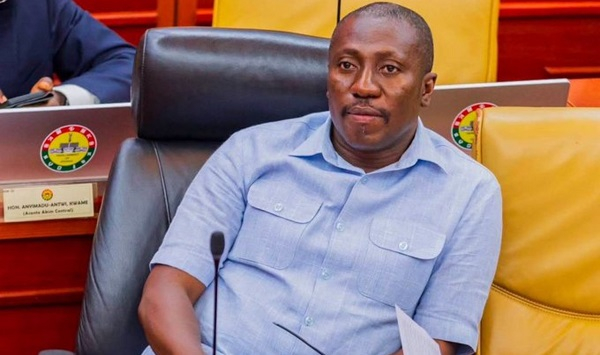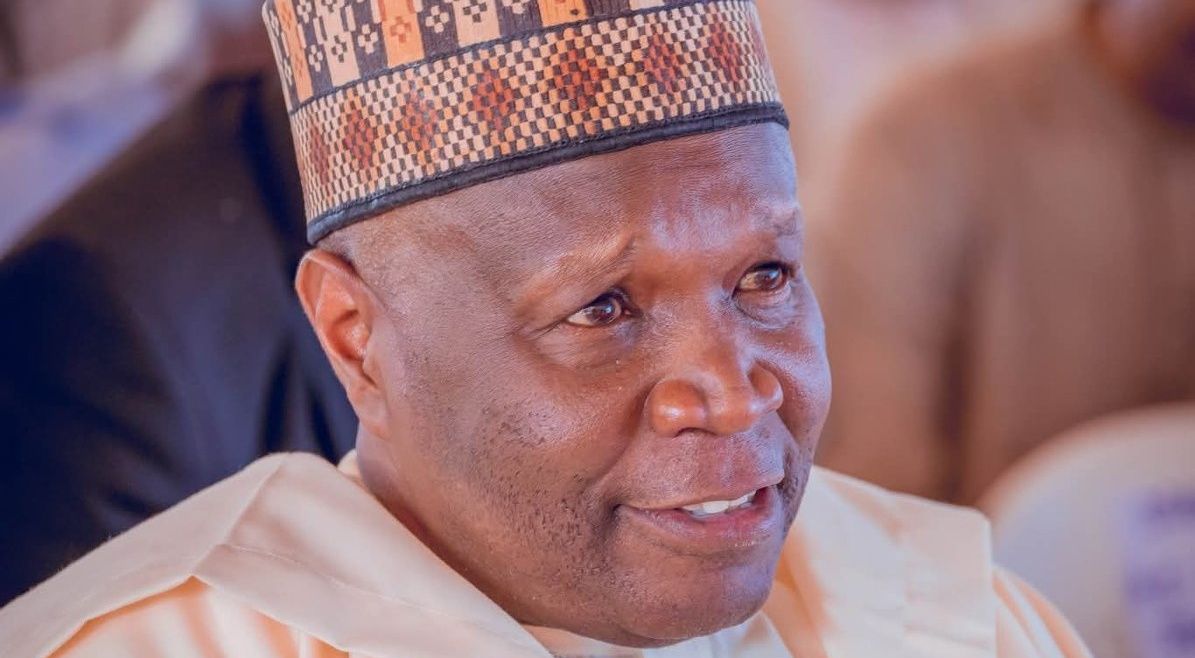Introduction
In a recent high value judgment granted in favour of the Standard Bank of South Africa Limited (“SBSA”), the Johannesburg High Court provided important clarity on the post-rescue enforceability of guarantees and suretyships, and demonstrated the importance of a well-drafted security package.
The dispute at a glance
Action proceedings were instituted by SBSA against former directors and related entities of KPMM Construction (Pty) Ltd (“KPMM”), a company under business rescue. The proceedings were aimed at enforcing an array of suretyships and guarantees executed by the defendants to secure KPMM’s indebtedness in relation to a number of loan facilities on which it had defaulted.
Central to the dispute were the provisions contained in the rescue plan adopted by KPMM’s business rescue practitioners (“the Plan”), which stated that the adoption of the Plan would constitute a “full and final settlement” of creditors’ claims. The defendants argued that SBSA’s participation in the Plan had the effect of extinguishing KPMM’s debts, thereby releasing the sureties and guarantors from liability. SBSA countered that its rights under the security instruments were preserved – both by the Plan’s own terms and by express wording in the guarantees and suretyships.
The Statutory Landscape – Section 154 of the Companies Act 71 of 2008
In her ruling, Judge Opperman unpacked the complex interplay between section 154(1) and 154(2) of the Companies Act 71 of 2008 (“the Companies Act”) and reaffirmed the important principles established in the landmark judgment handed down by the Supreme Court of Appeal in Van Zyl v Auto Commodities (Pty) Ltd (279/2020) [2021] ZASCA 67 (“Van Zyl”).
Section 154(1) of the Companies Act provides that a creditor who accedes to the discharge of a debt may not enforce it to the extent of that discharge, effectively extinguishing the debt itself. Section 154(2), on the other hand, restricts only enforcement against the debtor company, rather than third parties – ie the debt remains alive for enforcement against others, such as sureties or guarantors. The distinction between these two sections was previously analysed in Van Zyl, in which the appeal court concluded that creditors could preserve claims against third-party obligors, provided that their contracts or the rescue plan expressly does so.
The defendants, relying on section 154(1), contended that KPMM’s indebtedness had been extinguished when the Plan was adopted and that the claims against it (the principal debtor) could not be enforced either against it or those who gave security for its debts. SBSA, however, maintained that its accession to the Plan only meant that it would not enforce the debt against KPMM, and its ability to do so against the defendants were not affected (ie a section 154(2) scenario).
Suretyship or Guarantee? Labels Don’t Matter – Language Does
One of the key issues in determining the case was the distinction between accessory suretyships and autonomous guarantees. The defendants contended that a suretyship is ancillary to the principal debtor’s debt and, therefore, cannot survive if the principal debt has been extinguished. Accordingly, if the security instruments executed by the defendants are suretyships, not guarantees, the defendants could not be found to owe anything to the bank, because the principal debtor’s debt had been extinguished when the Plan was adopted.
In this case, some of SBSA’s security instruments were headed “Guarantee and Indemnity” and others “Suretyship”. However, as Opperman J rightly noted, what matters is not the title of the document, but its content. As the judgment put it: “It’s not what the instrument is called, but whether it walks and quacks like a duck.” It was, therefore, necessary to analyse the provisions of the instruments themselves.
Crucially, the guarantees executed by the defendants included a clause which declared the guarantors’ obligations to be “principal (and not accessory)” and explicitly stated that the document “does not constitute a suretyship”. They also contained a wide-ranging preservation clause, namely that the guarantors’ obligations would remain intact regardless of any compromise, indulgence or arrangement with the principal debtor. This placed the guarantees squarely in the realm of autonomous, stand-alone obligations – enforceable even where the principal debt is extinguished.
The Plan: A Strategic Safeguard
In addition to the wording of the guarantees, the bank also had a safeguard in place in the Plan, which contained a clause stating that “The Plan in no way whatsoever novates, waives, nullifies or prejudices claims that a creditor… has from any guarantee or suretyship…”. This provision echoed the language of SBSA’s security instruments and was central to the court’s finding that SBSA had not relinquished its rights against the sureties and guarantors. The wording used, both in the security instruments and in the Plan, placed the matter squarely within the carve-out contemplated in Van Zyl: even if the Plan extinguished KPMM’s liabilities, the defendants’ obligations under the guarantees remained intact.
Conclusion
The court, having considered the cases presented by both sides, ruled in favour of SBSA and ordered that the full extent of the outstanding liability – being more than R76 million – was payable by the defendants.
Whilst the case was, ultimately, adjudicated in the bank’s favour, it serves as a poignant reminder that in commercial finance, the pen is mightier than the compromise. Creditors who wish to maintain leverage through turbulent restructurings must invest in airtight drafting upfront. Through precise drafting and strategic participation in business rescue, creditors can shield themselves from the effect of a debtor’s compromise.













